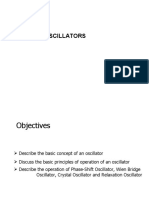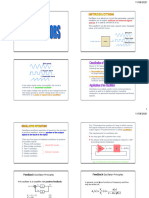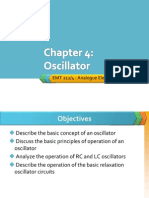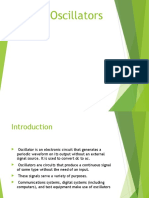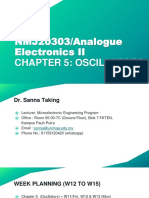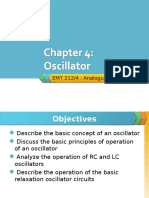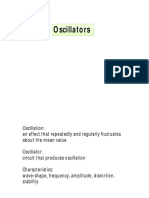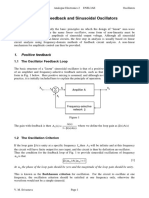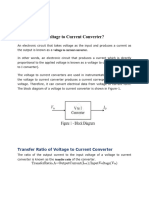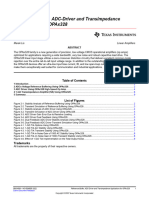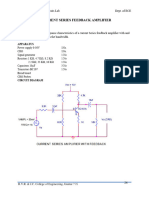0% found this document useful (0 votes)
16 views55 pagesOScillator
The document provides an overview of oscillators, which are circuits that generate continuous signals without an input, and discusses their principles of operation, types, and specific examples like the Wien Bridge and Phase-Shift Oscillators. It outlines the feedback principles necessary for oscillation, design criteria, and factors influencing frequency. Additionally, it details the Wien-Bridge Oscillator's structure, conditions for sustained oscillation, and methods to initiate oscillation using back-to-back Zener diodes.
Uploaded by
johander.torres03Copyright
© © All Rights Reserved
We take content rights seriously. If you suspect this is your content, claim it here.
Available Formats
Download as PDF, TXT or read online on Scribd
0% found this document useful (0 votes)
16 views55 pagesOScillator
The document provides an overview of oscillators, which are circuits that generate continuous signals without an input, and discusses their principles of operation, types, and specific examples like the Wien Bridge and Phase-Shift Oscillators. It outlines the feedback principles necessary for oscillation, design criteria, and factors influencing frequency. Additionally, it details the Wien-Bridge Oscillator's structure, conditions for sustained oscillation, and methods to initiate oscillation using back-to-back Zener diodes.
Uploaded by
johander.torres03Copyright
© © All Rights Reserved
We take content rights seriously. If you suspect this is your content, claim it here.
Available Formats
Download as PDF, TXT or read online on Scribd
/ 55

